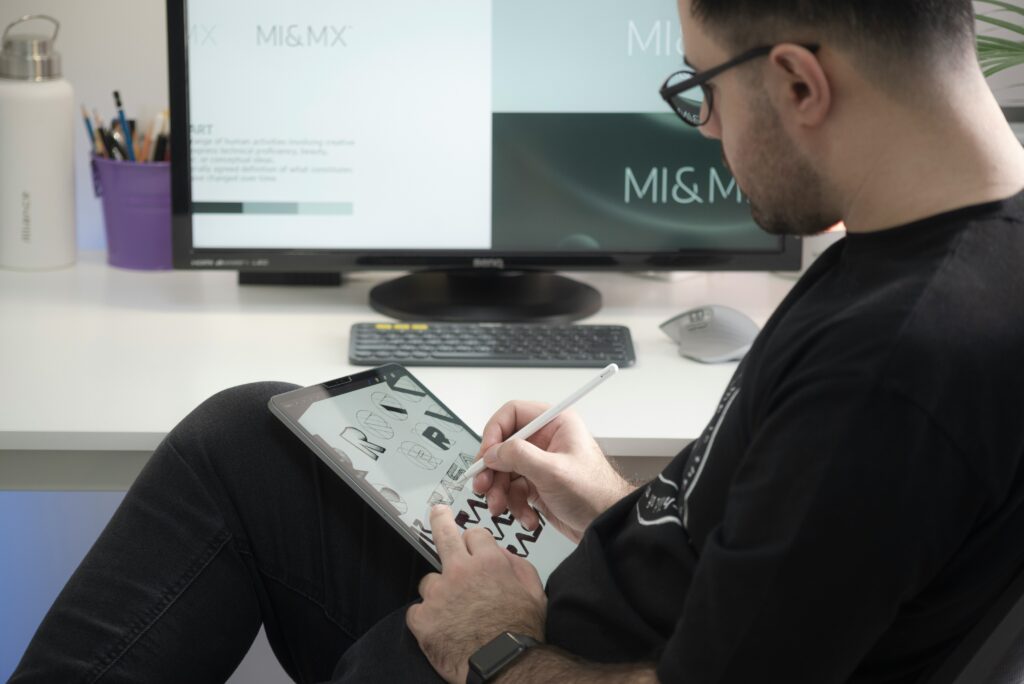No legal claim for graphic designer whose NRL club logo was used without permission


Matt* is an artist and graphic designer based in NSW. Between 1997 and 1999, he created various designs for a football club on a freelance basis. His designs were used on jerseys, flyers, and menus. In 1999, the Club decided to amalgamate with another. As part of this process, artists were invited to pitch new logo designs. The Client’s submission was successful.
He subsequently invoiced the Club for $25,000.00, as payment for his design. No response, or money, was forthcoming. The Club then used the Logo, without Matt’s permission, or an acknowledgment that he was the creator.
In response to the use of his design, Matt engaged lawyers, and took the Club to court. However, he ultimately decided to settle the matter because of the costs of a court case. The settlement involved Matt receiving $25,000.00 for his design. He also signed a Deed of Release, limiting his ability to take legal action against the Club in the future.
Since 2000, the football club has changed the logo on two separate occasions without consulting Matt. In 2005, the words were changed, so that they became equal in size. In early October 2021, the logo was changed much more dramatically. Elements of the image were removed, and its design was altered. Additionally, the colouring, size, and design of the font was also revised. Matt was not consulted on either occasion.
In late 2021,Matt sought advice on whether the Club’s decision to amend the logo without consulting him breached his copyright. He was advised that, as the original artist of the image in the logo:
- He is the copyright owner with exclusive rights. This includes the right to reproduce, first publish, and communicate the work to the public.
- He holds moral rights in the logo. This means he has the right to be attributed as creator of the work, the right against false attribution, and the right of integrity which prevents derogatory treatment of his work.
The question then became whether the football club had breached Matt’s copyright or moral rights.
Matt had not intentionally sold, assigned, licenced, or otherwise given away ownership of his copyright in the Logo. However, the design was submitted in response to a tender, on the understanding that it would be used as the Club’s Logo if successful. This meant that Matt and the Club had entered into an agreement, allowing the Club to use the design, even though Matt had not specifically given away his copyright.
Matt also never chose to waive his moral rights. He claimed that the Club’s failure to acknowledge him as the original creator of the Logo, and its decision to change the design without his input, meant that his moral rights had been breached. However, in this case, Matt was unable to take legal action, because:
- The Deed of Release prevented Matt from suing the Club for breaching his right to be acknowledged as the Logo’s creator.
- In the context of an artist’s moral rights, changes to a design are only unlawful if they affect the creator’s reputation. This wasn’t the case for Matt.
Matt’s story should serve as a cautionary tale to any artists who are designing works to be publicly associated with organisations, such as sporting clubs. It is important to ensure that the terms of any engagement are agreed upon in writing.
It is also important to obtain legal advice before signing any document that prevents you from taking any legal action.
*Names have been changed.


